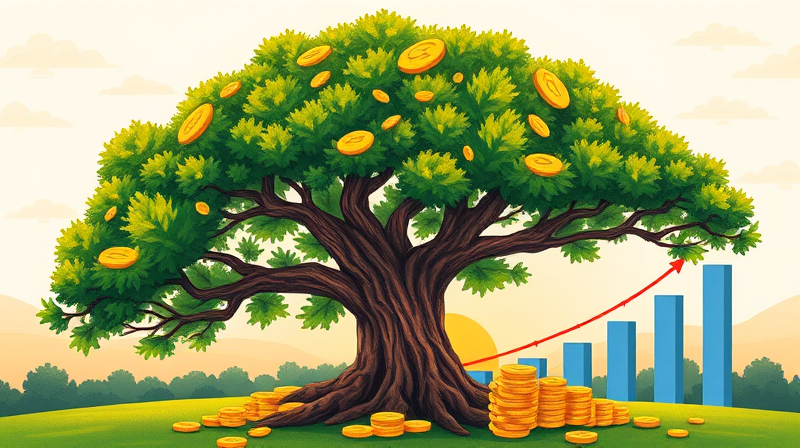
In a world of fluctuating markets and shifting policy environments, every investor seeks that elusive advantage. Whether you are a seasoned fund manager or a passionate retail trader, understanding how to cultivate a durable edge can mean the difference between average results and exceptional performance.
This article explores the core concepts, tools, and strategies that allow you to outperform average market returns and sustain your advantage through all market conditions.
An investing edge is any advantage that helps you achieve superior returns consistently. It can be intellectual, technological, or rooted in personal discipline. At its heart, an edge is about capitalizing on what others cannot easily replicate.
Edges generally fall into four categories:
Identifying which of these aligns with your strengths is the first step toward building a robust investment approach.
Professional investors often wield significant resources, yet retail participants have unique advantages. Recognizing your niche can turn perceived limitations into powerful edges.
Retail investors can leverage their flexibility by focusing on sectors they know intimately or by adopting patient, high-conviction positions without fear of career repercussions.
The market in mid-2025 presents both opportunity and risk. Valuations are elevated, and volatility remains pronounced, demanding a clear perspective on data-driven signals.
OECD forecasts global growth to ease from 3.1% in 2024 to 2.9% in 2025 as policy uncertainty and trade barriers weigh on sentiment. Investor optimism has rebounded strongly, but excessive exuberance often presages corrections.
Maintaining an edge requires constant vigilance. Three key factors determine whether your advantage survives:
Structural edges stem from your ability to stay invested through turbulence without the pressure of quarterly performance reviews. However, overtrading or chasing short-term trends can quickly erode these advantages.
Modern investors have access to a suite of technologies and platforms designed to reduce informational asymmetries and streamline decision-making.
Key categories of tools include:
Market Intelligence and Analytics
Platforms offering real-time activity tracking, heat maps, and customizable dashboards enable you to spot emerging trends before the consensus catches on. Proprietary algorithms can highlight unusual volume spikes or liquidity shifts in micro-cap stocks.
Industry-Specific Tools
Real estate investors, for example, can leverage market intelligence dashboards that track acquisition patterns, local zoning changes, and portfolio-level ROI estimators. These solutions can improve returns by three to five times over traditional methods.
The interplay of high valuations, policy shifts, and volatile sentiment demands a disciplined approach. Despite strong performance in 2024 and early 2025, the prospect of single-digit gains and potential corrections means that emotional resilience is as valuable as analytical prowess.
Key risks include:
Staying focused on long-term fundamentals—and avoiding the temptation to time every market move—will help preserve your structural and behavioural advantages.
Follow a systematic process to identify, enhance, and protect your advantage:
By systematically reinforcing your strengths and limiting behaviors that undermine them, you create a self-reinforcing cycle that sustains superior performance.
Securing an edge in any market requires more than luck; it demands a deep understanding of your unique advantages and the discipline to protect them. Whether through exclusive data, advanced analytics, emotional resilience, or structural freedom, every investor can cultivate a sustainable advantage.
As valuations peak and volatility persists, clarity about where your edge lies—and how to wield it—will determine your long-term success. Embrace your strengths, invest in the right tools, and maintain unwavering discipline to transform potential into performance.
References













